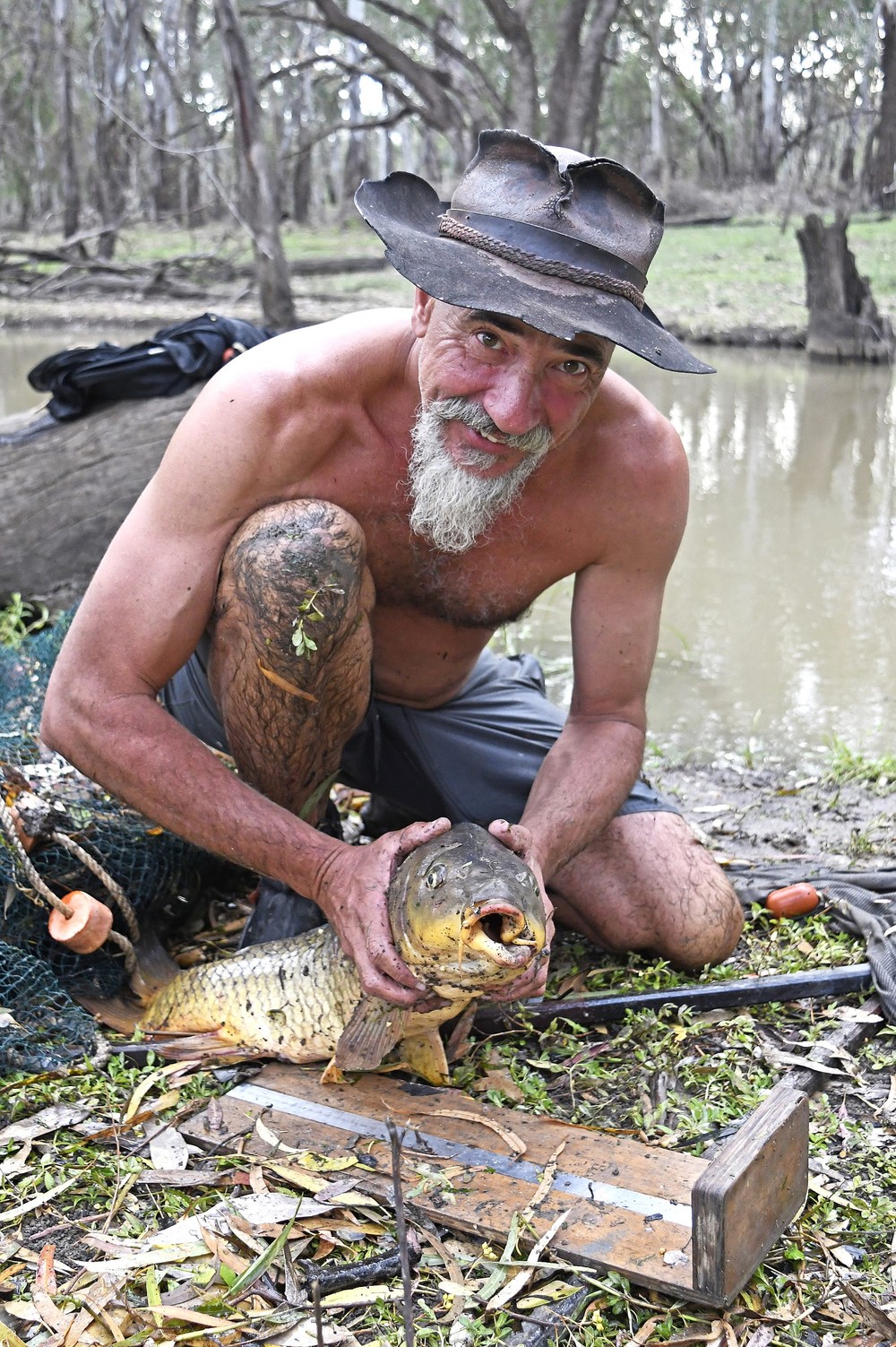Dead pelicans a sign of good seasons
Lucy Kirk
20 June 2022, 9:00 AM
 The pelican colony at Lake Brewster in early 2022. Photo by Adam Kerezsy
The pelican colony at Lake Brewster in early 2022. Photo by Adam Kerezsy Three terrific years of rainfall have caused a spike in Pelican numbers congregating at Lake Brewster – halfway between Lake Cargelligo and Hillston - but warnings have emerged that the season has started to turn.
Sightings of dead – or very close to dead – pelicans have been reported throughout the Lachlan area recently, but fish biologist Adam Kerezsy says that the dead pelicans are just a sign that inland Australia is "functioning as it should."
"When times are good, populations of plants and animals can increase quickly, but when the ‘boom’ is over mortality can also occur," said Adam.
By mid-summer, there were an estimated 30,000 Pelicans living at Lake Brewster. The birds love the spot because of the large bare banks that make for great breeding grounds and are somewhat sheltered from predators.
"30,000 Pelicans is very unusual – most years there's none. It's just a sign of the great seasons we've been having," said Adam.
Keeping 30,000 Pelicans alive, however, requires a massive amount of fish. Young birds consume 300 – 800 grams per day, while adults need 1.5 – 1.8 kilograms per day.
As a fish biologist and "not a pelican person as such," Adam has been monitoring the fish numbers at Lake Brewster since the influx of Pelicans.
His surveys indicated that juvenile carp were the fuel that was sustaining the colony. The carp numbers grew through December and reached a peak in January, but after that seemed to collapse.
"This was hardly surprising given 30 tonnes a day was being removed by long bills and deposited down longer necks," said Adam.

Adam Kerezsy with a big carp sampled during a similar survey in Booberoi Creek. Photo by Mal Carnegie
Now, the unsustainable food source and a change in the weather has cause the Pelicans to become cold, hungry, and in search of new homes. However, many of the young Pelicans don't have the energy to make it very far.
"This," explains Adam, "is why so many weakened pelicans have been spotted around the area."
There are now only about 4,000 Pelicans left at Brewster, with the majority of them having headed further west to Lake Eyre.
The 'Boom-bust' cycle that dictates the seasons in inland Australia reveals that the dead pelicans, whilst an unpleasant sight, are nothing more than a sign of the 'bust' period that has started to occur.




